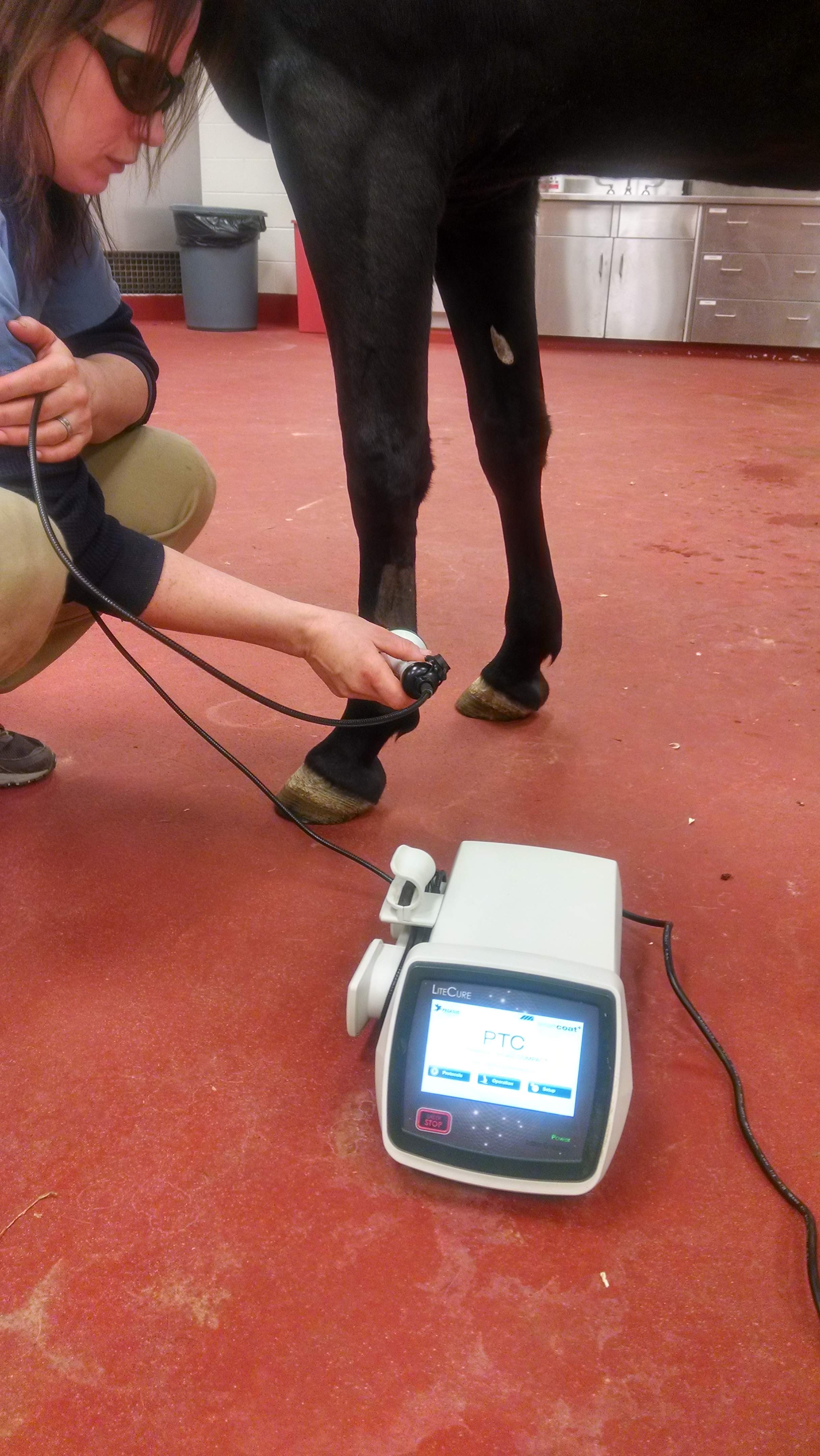Discover the Fantastic Advantages of Equine Therapy for Psychological Healing
Discover the Fantastic Advantages of Equine Therapy for Psychological Healing
Blog Article
Reviewing the Efficiency of Laser Treatment in Equine Therapy for Injury Recovery
The assessment of laser treatment's efficiency in equine injury recovery depends upon numerous elements, consisting of recovery time, pain reduction, and cells regeneration. Scientific studies recommend significant enhancements in conditions like tendonitis and osteo arthritis, connected to improved cellular feature and raised ATP production. Veterinarians regularly observe premium end results with laser therapy contrasted to traditional approaches, positioning it as a crucial component in equine care. The need for continuous monitoring and tailored treatment plans can not be overstated. What details professional evidence sustains these insurance claims, and how do vets carry out these protocols in practice?
Recognizing Laser Treatment
Laser treatment has ended up being a critical tool in veterinary medication, especially in the treatment of equine conditions. Recognized for its non-invasive nature and efficiency, laser therapy involves the application of specific wavelengths of light to promote cells repair work and decrease swelling. This healing technique is increasingly preferred for its capability to accelerate the recovery procedure in horses experiencing a selection of bone and joint injuries and chronic conditions.
The key system behind laser treatment is its capability to boost cellular functions. When laser light passes through the skin, it is soaked up by mitochondria, the giant of cells, which leads to boosted production of adenosine triphosphate (ATP) This biochemical energy increase helps with mobile repair and regeneration. In addition, laser treatment advertises vasodilation, improving blood circulation and oxygen distribution to damaged tissues, hence speeding up recuperation.
In equine medicine, laser treatment is particularly useful for problems such as tendonitis, osteo arthritis, and wound healing. The method is lauded for its pain-relieving properties, permitting equines to regain wheelchair and feature a lot more quickly. Vets also value its marginal negative effects contrasted to various other treatment modalities, making it a trusted and secure option for equine care.

Exactly How Laser Therapy Works

Upon absorption, these photons trigger a collection of biochemical modifications, improving mitochondrial function and leading to enhanced adenosine triphosphate (ATP) production. This surge in ATP speeds up cellular metabolic rate, advertising tissue fixing and regeneration. Additionally, laser treatment modulates inflammatory feedbacks by impacting cytokine levels and reducing oxidative stress and anxiety, consequently easing pain and swelling.
An additional considerable facet of laser therapy is its function in improving microcirculation. The therapy advertises vasodilation, boosting blood flow and oxygen distribution to damaged cells (Equine Therapy). This helps with the elimination of cellular particles and supports the expansion of fibroblasts and collagen synthesis, important for injury healing
Professional Evidence
The efficiency of laser treatment in equine treatment has been corroborated via numerous clinical studies, showcasing its therapeutic potential across a range of conditions. A study conducted by Turner et al. (2012) demonstrated that steeds treated with low-level laser therapy (LLLT) for tendon injuries displayed sped up healing compared to those visit this web-site getting traditional therapies.
In a similar way, research by Johnson and coworkers (2015) focused on equine muscle injuries, exposing that laser treatment dramatically sped up muscular tissue fiber regeneration and reduced muscle his comment is here mass stiffness. Medical assessments have revealed that laser therapy can relieve chronic problems such as osteoarthritis.
Veterinarian Insights

Veterinarians also value the versatility of laser therapy. It can be utilized for a vast array of conditions, from shallow wounds to much deeper musculoskeletal injuries. Dr. Emily Brown highlights its utility in treating problems like tendonitis and osteoarthritis, where traditional treatments frequently fail. She points out that laser treatment can be customized to the certain requirements of each steed, making certain optimum end results.
Furthermore, veterinarians value the capacity to incorporate laser therapy with various other therapy techniques. This multimodal approach can boost general treatment efficiency, supplying a detailed solution for equine recovery. Such endorsements from experienced professionals emphasize the growing approval and application of laser therapy in equine medicine.
Practical Factors To Consider
An essential facet of carrying out laser therapy in equine therapy involves recognizing the functional considerations that guarantee its effectiveness and safety. It is critical to choose the ideal laser device, as numerous types differ in wavelength, power, and infiltration depth. Vets must be skilled in these specifications to tailor therapy protocols successfully per injury type
In addition, the frequency and duration of laser treatment sessions need careful planning to make the most of therapeutic advantages while decreasing any prospective negative results. Consistent tracking of the equine's response to therapy can direct required changes in the treatment routine. Developing a safe and controlled atmosphere throughout therapies is additionally necessary to stop unintended exposure to laser emissions, which might hurt both the equine and the trainer.
Educating and qualification of personnel you can check here administering laser therapy are critical to make sure appropriate method and to maintain safety and security criteria. In addition, keeping exact records of each session, consisting of laser settings and observed outcomes, is vital for evaluating the overall effectiveness of the therapy and for making data-driven choices.
Verdict
Laser treatment has actually arised as an efficient technique in equine injury rehab, providing substantial advantages in healing time, discomfort alleviation, and cells healing. Medical studies underscore substantial enhancements in problems such as tendonitis and osteoarthritis, associated to enhanced cellular function and raised ATP production. Vet observations prove these findings, highlighting superior end results contrasted to conventional therapies. For optimum results, continuous tracking and individualized therapy procedures remain essential in leveraging the complete possibility of laser therapy in equine treatment.
Report this page